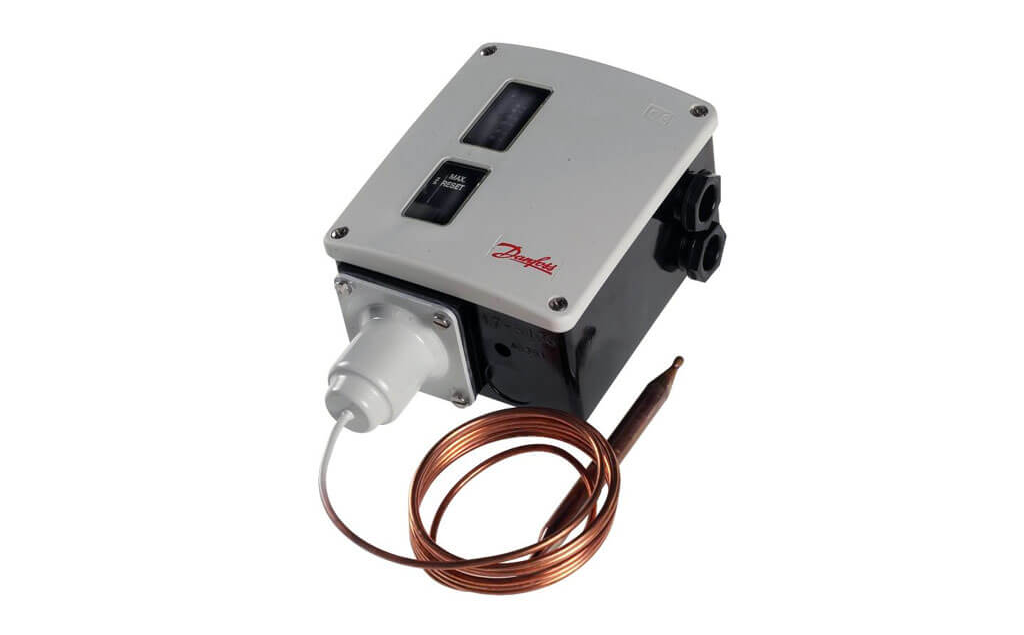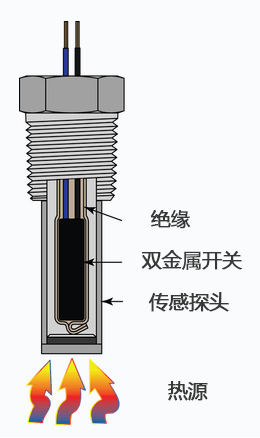
 Operating principle of temperature switch
Operating principle of temperature switchTemperature is a measure of the average heat or thermal energy of particles in a substance. Because it is an average measurement, it does not depend on the number of particles in the object or the size of the object.
One of the main advantages of thermal conduction controls is that they can be easily customized to meet your specific needs. They are very versatile - starting with bimetallic components at the heart of the device.

The main difference between bimetals is the internal resistance of each given type. For the thermal load of UND temperature switch ER, each type of bimetallic sheet will show different internal resistance levels. It is commonly referred to as the resistivity of bimetals.
The resistivity of any particular bimetal is expressed in ohms cm/ft per round foot, which determines the speed at which temperature changes deflect the bimetal to open the circuit. The flexibility of a bimetal is its amount of bending at a specific temperature.
The open thermal control consists of a switch with a bimetallic electrical contact bracket. As the temperature of the switch starts to rise, the bimetallic strip will heat up until it reaches its deflection temperature, thus opening the electrical contact. When the temperature decreases, the bimetallic sheet returns to its original shape and closes the electrical contact.

